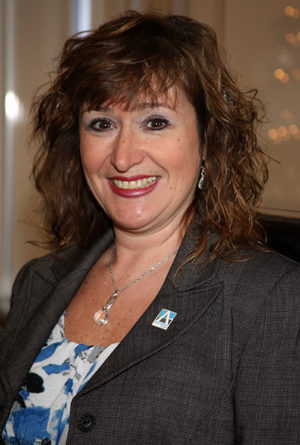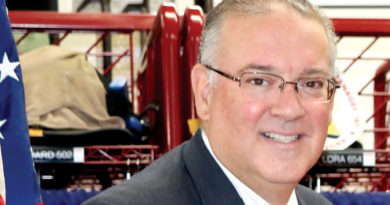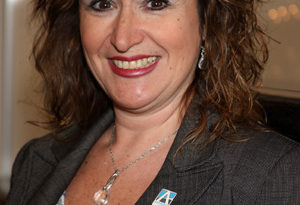The Queens Chamber Is Here for the Borough’s Nonprofits
A Message from Queens Chamber of Commerce Chairperson Mayra Dirico
According to a recent study by Economic Development Corporation, there are currently over 35,000 nonprofits in New York City, with spending well above $33 billion. These nonprofits employ 600,000 workers, which equates to 19 percent of the city’s total workforce. According to one source, as of July 2016 there were almost 9,000 nonprofits in Queens alone.
Of the ten largest private-sector employers in the state, five are nonprofits. In New York City, the number jumps to seven out of ten. Needless to say, the nonprofit sector is contributing in a significant way to the city’s economy.
The challenge, though, is helping the smaller nonprofits grow into larger nonprofits. We must bring together New York City’s nonprofit leadership in a way to recognize the important economic and social impact of this sector to all New Yorkers.
After speaking with a variety of nonprofits, some of the major issues I have found facing local nonprofits are the following: board selection, fundraising, marketing/outreach, and qualified staff.
Board Selection
Finding proficient and experienced board members is difficult and this topic typically ranks as the first or second obstacle most nonprofits must overcome. The issue usually boils down to the nonprofit’s exposure to the community at-large.
The Queens Chamber is making a concerted effort, via our Nonprofit Committee, to act as the liaison between interested applicants and the nonprofit organizations. As you will read, we have held events designed to do exactly this.
Qualified applicants and nonprofit directors sit together and find good matches. Recently, one of our new members was successful in gaining a seat of another member’s nonprofit board.
Fundraising
Fundraising and financing is usually the number one issue facing our nonprofits. Nonprofits can and do utilize the following sources of income to help them fulfill their missions: fees for goods and/or services, individual donations and major gifts, bequests, corporate contributions, foundation grants, government grants and contracts, interest from investments, loans/program-related investments (PRIs), tax revenue, and membership dues and fees.
Marketing/Outreach
Access to strategic counsel can also help spur innovation and creativity in order to ensure a nonprofit’s future sustainability. Access to new technologies and social media marketing is huge for a nonprofit, and unless directors are actively posting and developing new content, efforts typically fall flat.
Qualified Staff
Hiring top talent represents a continual challenge. While nonprofits want to hire the best and the brightest, pay is not very often commensurate with experience.
Many of the highly experienced nonprofit execs will be retiring within the next decade, and fueling the talent pipeline with younger, experienced staff will be a challenge. Top talent are in high-demand in both the private and public sectors, and they have the opportunity to pay higher salaries.
In addition, nonprofits are constantly constrained by financial resources. Resource constraints stem partly from the reluctance of foundations to fund administrative overhead as well as the lack of built-in cost escalations in government contracts. Further, these small, “neighborhood” nonprofits often fall under the radar of big-name philanthropists and donors.
Looking to the Future
I implore our local nonprofits to contact us at the Queens Chamber of Commerce so we can help make connections to position each of you for future success.




